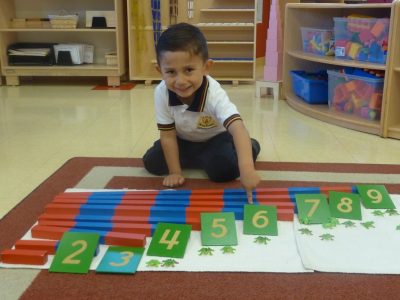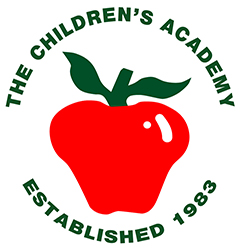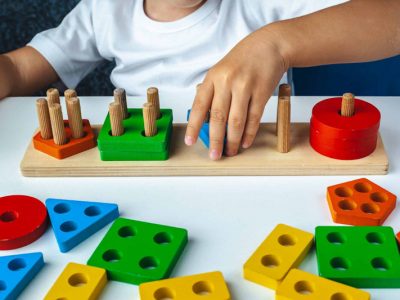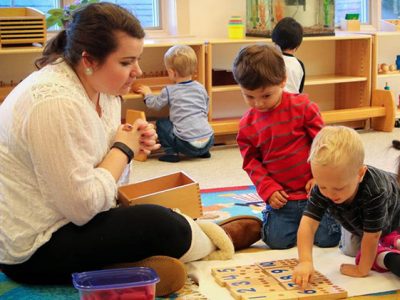
Choosing a preschool for your child is an important decision, and there are many differences to think about when considering a Montessori education vs. traditional early education. Montessori preschools, like traditional preschools, have the goal of putting your child on the right track academically. However, Montessori preschools have the added goals of instilling a love of learning and a love of discovery through a self-led education method.
The Montessori Way
Montessori schools utilized four different principles. The first principle is respect for the child. Sensitive periods of learning are the second principle, followed by the third principle: independence and discovery. The final and fourth principle is a prepared environment. These four principles create an environment that is safe for the child to learn and grow in ways that feel comfortable to him or her. It creates an environment in which the child can have freedom in exploration and discovery, allowing him or her to learn in a less rigid way. The environment is created with the appropriate learning tools and lessons, so the child can learn in a developmentally appropriate way while also developing a sense of self.
Differences between Montessori and Traditional School
There are many key differences between a Montessori School and a traditional preschool. The differences range from the type of learning to the methods of interaction and opportunity. Montessori schools have a flexible curriculum, which gives the child choices related to education. Traditional schools follow a more rigid curriculum without much choice.
Another difference is the child-to-teacher ratio. There are approximately 25 children for each teacher in traditional preschools, whereas a Montessori school typically has a much smaller child-teacher ratio. The classrooms in a Montessori preschool are multi-age. This means that there are different age children in each classroom, allowing them to learn communication skills and ways of socializing. This also gives the children opportunities to learn from one another.
A traditional preschool has instruction held at the teacher’s pace, where a Montessori school allows the children to learn at their own pace. The teaching methods at the two types of schools vary as well. In a Montessori school, the children can self-correct and learn for themselves, where traditional schools tend to use rewards or punishment as a way of motivation.
Ultimately, the key difference between a Montessori school and a traditional school is that a Montessori school is child-centered, where a traditional school is teacher-centered. At a Montessori school, the child chooses how they learn and at what pace, so they are able to digest and interpret the information they are receiving.
A Montessori school utilizes science-based research and emphasizes cognitive development and social and physical development. If you are interested in learning more about the Montessori method, please call us here at Country Club Montessori, 817-473-8585, located in Mansfield, Texas.



